- 02 9712 1736
- [email protected]
- 212 Great North Road, Five Dock, NSW 2046
- Open 7 days a week
The painful feeling in your shoulder as you grab for a coffee mug. A vague pain that awakens you at night. The weird weakness you experience when attempting to lift your grocery bags. These seemingly modest symptoms could indicate a more serious condition: a rotator cuff injury or rotator cuff tear.
Your shoulder is an engineering marvel, a complicated joint with an enormous range of motion. At its core, the rotator cuff consists of four muscles and their tendons that work ceaselessly to maintain your arm bone properly positioned in its socket. When this vital structure rips, even simple movements can become agonising struggles.
In this detailed article, we’ll look at the two most obvious warning symptoms of rotator cuff injuries that you shouldn’t overlook. Drawing on the most recent medical research and clinical expertise, we’ll explain what’s going on within your shoulder, how different healthcare specialists can help, and what you can reasonably expect on your path to recovery.
Whether you’re an injured athlete, an office worker dealing with chronic shoulder pain, or simply someone who wants to understand why reaching overhead suddenly hurts, this article will provide you with the evidence-based information you need to take control of your shoulder health and make informed care decisions.
Are you wincing every time you reach for something on a high shelf? Those sharp shoulder pains might be warning signs of a rotator cuff tear. Our comprehensive guide reveals the two critical warning signs you shouldn’t ignore — persistent shoulder pain and weakness when lifting or rotating your arm.
But don’t worry! We break down exactly what’s happening inside your shoulder, backed by cutting-edge research from leading medical journals. Discover the full spectrum of treatment options, from manual therapy and rehabilitation to medical interventions, all explained in simple, straightforward language.
Learn how chiropractors and osteopaths can play a crucial role in your recovery journey, and what science says about healing timelines and expectations. Don’t let shoulder pain limit your life another day — arm yourself with knowledge and take the first step toward healing!
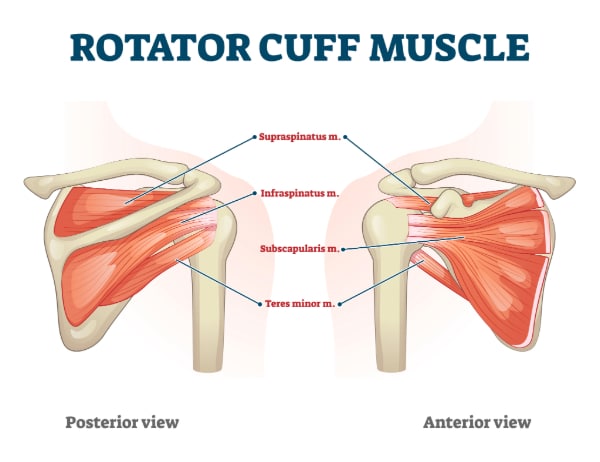
The rotator cuff is made up of four key muscles and their tendons. These muscles work together to help stabilise your shoulder joint. They assist you with lifting and rotating your arm during daily activities. The four muscles are supraspinatus, infraspinatus, teres minor, and subscapularis. Together, they form a “cuff” around your shoulder’s ball-and-socket joint.
According to research published in the Journal of Shoulder and Elbow Surgery, around 22% of individuals suffer from rotator cuff injuries. The frequency rises with age, affecting more than half of those over 60. Understanding the warning signs can result in earlier treatment and better outcomes.
Shoulder pain from a rotator cuff tear often feels deep and aching. The pain may worsen if you raise your arm upward. You may have discomfort when sleeping on the afflicted shoulder. Many people feel pain radiating from the shoulder to the upper arm. Rotator cuff pain can occur quickly after an injury or gradually over time. According to a 2022 study published in the American Journal of Sports Medicine, 94% of individuals with verified rotator cuff injuries reported pain as their main symptom. The pain pattern helps to distinguish rotator cuff tears from other shoulder diseases. Most patients report that the discomfort worsens with specific arm movements. Reaching behind the back or overhead usually causes the most agony.
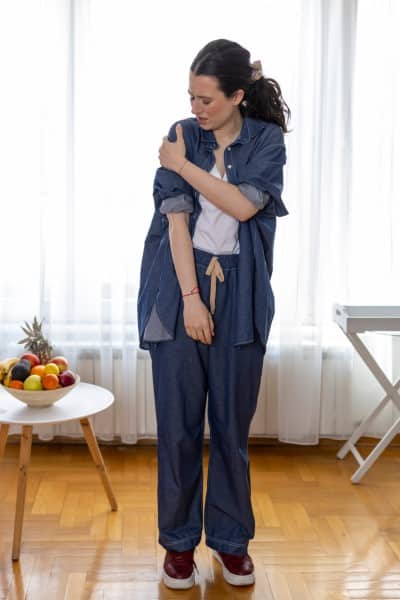
According to studies, rotator cuff pain frequently interferes with sleep. A research study published in the Journal of Orthopaedic Research discovered that 83% of patients experienced sleep problems. Night pain is a reliable sign of rotator cuff disease. This distinguishes rotator cuff tears from other sources of shoulder pain. The intensity of pain indicates the severity of your rotator cuff tear. A dull, agonising sensation may suggest a partial tear. Sharp, acute pain may indicate a total tear. Harvard Medical School researchers discovered that pain features are related to tear size. Larger tears usually cause more acute and extensive shoulder pain.
A torn rotator cuff makes basic arm movements difficult and painful. You may find it difficult to raise objects that were previously easy to manage. Reaching behind your back is difficult with a rotator cuff tear. Weakness frequently accompanies shoulder pain, making for an unpleasant combination. Some people hear clicking sounds when they move their shoulders.
A study published in the Journal of Bone and Joint Surgery looked at strength impairments in rotator cuff injuries. The researchers discovered that even minor tears can diminish shoulder strength by 28%. Large tears may reduce strength by up to 76%. This weakness affects specific movements, depending on which tendon is damaged.
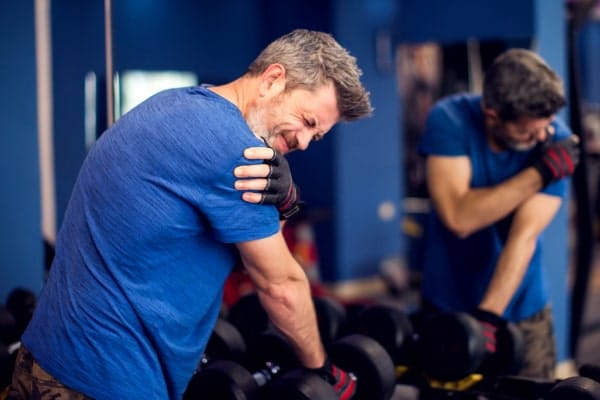
Medical imaging investigations demonstrate a correlation between weakness and tear site. The supraspinatus muscle allows you to lift your arm sideways. Tears in this tendon make it difficult to raise the arm. The infraspinatus and teres minor muscles control external rotation. Damage here impacts how you turn your arm outward. Subscapularis tears reduce internal rotational strength.
The Clinical Journal of Sport Medicine published a study in 2023 that revealed functional limits caused by rotator cuff injuries. Participants struggled with simple tasks such as reaching into drawers. Many people had difficulty washing their hair or putting on clothing. Simple tasks such as carrying supermarket bags were difficult. These functional limitations frequently serve as motivation to seek treatment.
Medical studies classify rotator cuff tears as several kinds. Every kind shows somewhat various warning signals. During traumatic circumstances, acute tears occur suddenly. These tears bring on quick agony and weakness. Many patients report hearing or feeling a tearing sensation. Over time, chronic tears form slowly. As the tear grows, the symptoms get worse progressively.
Tears of partial thickness only impact certain tendon areas. These tears could hurt but not much weaken. Complete or full-thickness rips run the whole tendon. These usually result in clear weakness as well as discomfort. Studies indicate that without appropriate care, partial tears could advance to total tears.
A radiology investigation found elements raising the likelihood of tear development. The strongest risk element is age over sixty. Shoulder injuries in the past raise your danger as well. Some jobs call for regular overhead movements, which can cause susceptibility. Throwing sport athletes run a greater risk of rotator cuff injuries.
Rotator cuff tears affect quality of life beyond suffering and weakness. Studies published in the Quality of Life Research magazine evaluated these impacts. Patients said they struggled with self-care tasks. Many found their job performance affected. For the majority of those involved, sleep quality dropped noticeably. Shoulder restrictions sometimes caused social events to decline.
The psychological effect also merits notice. A Journal of Orthopaedic Trauma study revealed rising anxiety rates. Among those with chronic tears, 28% showed signs of depression. Emotional suffering came from frustration and less independence. These results underline the need for thorough therapeutic strategies.

Proper care depends on an exact diagnosis before treatment starts. Studies published in the American Journal of Roentgenology reveal various successful diagnostic techniques. A comprehensive physical checkup might start your doctor. Special tests such as the empty can test assess certain rotator cuff muscles.
Imaging investigations show conclusive proof of rotator cuff injuries. Ultrasound is a radiation-free, reasonably priced diagnostic choice. The Journal of Ultrasound in Medicine claims that ultrasound is 91% accurate. MRI gives more thorough pictures of soft tissue structures. Full-thickness tears are reported by the Journal of Bone and Joint Surgery to have 95% sensitivity.
Though they help rule out other diseases, X-rays don’t reveal the rotator cuff directly. They can show bone spurs possibly causing tendon injury. Partial tears are diagnosed using advanced imaging techniques, including MR arthrography. This approach emphasises tiny tendon flaws using contrast medium.
A balanced approach to rotator cuff injuries offers several treatment possibilities. Treatment should be tailored, says a 2022 study in the Journal of Orthopaedic Surgery and Research. Your treatment strategy could call for numerous complementing techniques. The most successful programmes tackle both fundamental reasons and symptoms.
For many individuals with rotator cuff injuries, manual treatment provides efficient relief. Osteopaths and chiropractors lessen rotator cuff discomfort using mild methods. These therapies target the entire shoulder region rather than only the tear. Correct shoulder and spine alignment helps to enhance healing conditions.
Your doctor will develop a tailored treatment strategy for your individual requirements. Manual adjustments might help your shoulder regain appropriate mobility patterns. Soft tissue methods lower muscular tension surrounding the rotator cuff rupture. These therapies increase blood flow to the damaged area, hence encouraging recovery.
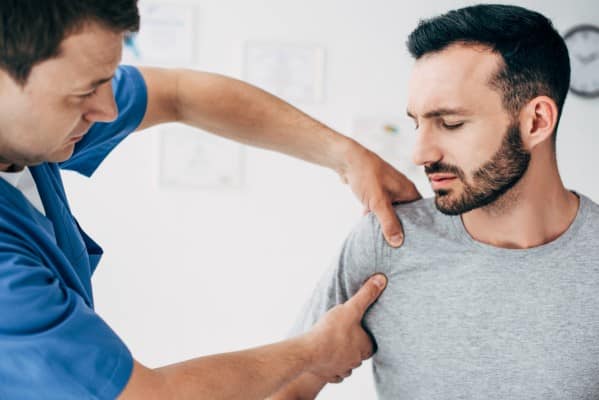
Studies back up the success of manual therapy for rotator cuff problems. Seventeen clinical studies were examined in a 2021 systematic review published in the Journal of Manual & Manipulative Therapy. The study revealed that manual treatment lowered pain ratings by an average of 54%. Compared to routine care alone, range of motion increased by 23%.
Certain chiropractic methods appear to be good for rotator cuff control. Instrument-assisted soft tissue mobilisation was investigated in a paper in the Journal of Chiropractic Medicine. Those undergoing this therapy exhibited quicker changes in shoulder function. Compared to traditional methods, pain alleviation happened in fewer sessions.
Another efficient method is osteopathic manipulative therapy (OMT). The Journal of the American Osteopathic Association published studies on 120 patients. At six-month follow-ups, those getting OMT fared far better. The study’s authors saw better scapular mechanics and posture. These developments provided the ideal setting for tendon recovery.
Managing a rotator cuff tear mostly depends on physical therapy. The American Journal of Sports Medicine underlines its relevance for functional rehabilitation. A planned rehabilitation programme builds supporting muscles. This offsets damaged rotator cuff function. Without aggravating the injury, progressive workouts restore range of motion.
Studies on physical therapy in sport show certain advantages of exercise. For partial tears, eccentric strengthening activities show especially good results. Exercises in scapular stabilisation enhance general shoulder mechanics. Research indicates that supervised therapy outperforms home activities by itself.
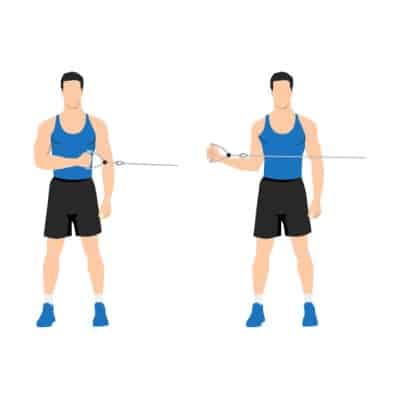
Conservative medical techniques consist of several pain control techniques. The Journal of the American Academy of Orthopaedic Surgeons claims that anti-inflammatory drugs aid in regulating symptoms. For several people, corticosteroid injections offer momentary relief. A methodical study revealed they provide notable short-term pain advantages.
More recent studies investigate therapies using regenerative medicine. Some research suggests platelet-rich plasma (PRP) injections are promising. The American Journal of Sports Medicine publishes mixed but positive findings. Another developing choice for tendon repair is stem cell therapy. These therapies seek to activate the natural healing processes of the body.
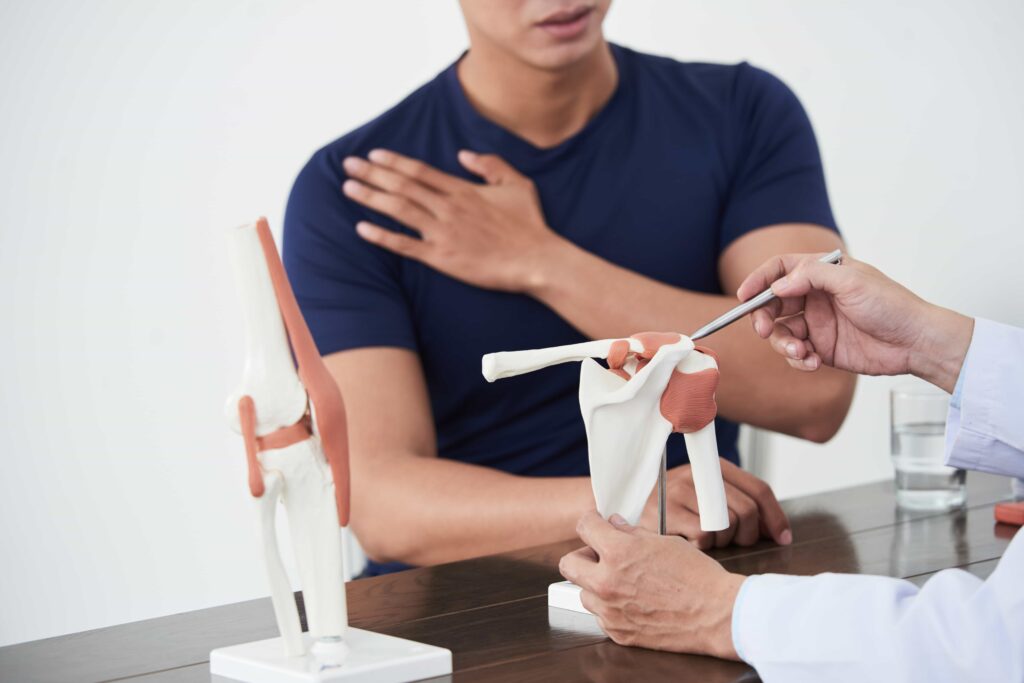
Surgical repair could be required for some kinds of tears. The Journal of Elbow and Shoulder Surgery points out many surgical signs. Surgical intervention is sometimes needed for complete tears in young, active individuals. Repair helps big tears with notable functional loss. Tears that don’t react to conservative therapy after three to six months might require surgery.
Modern surgical techniques comprise minimally invasive arthroscopic approaches. These operations shorten recuperation time in comparison to conventional open surgery. A 2023 arthroscopy study reported 87% satisfaction rates following arthroscopic repair. The best results still depend on appropriate post-surgical rehabilitation.
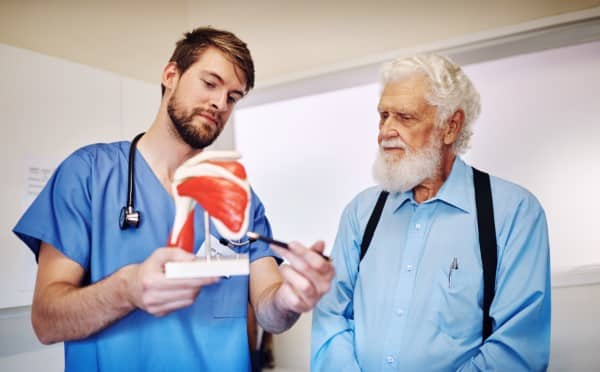
How do you choose the appropriate treatment method for you? A 2023 study in the Journal of the American Medical Association looked at results side by side. For many years, non-surgical therapy has demonstrated comparable long-term outcomes to surgery. Decisions are influenced by patient variables like age, activity level, and tear characteristics. Working with your medical team to make shared decisions improves satisfaction. The American Academy of Orthopaedic Surgeons recommends a graduated approach to treatment. Most patients should start with modest therapies, such as physical therapy. Should symptoms continue after 6–12 weeks, further treatments could be taken into account. After unsuccessful conservative management, surgery is an option. This method weighs the dangers of intervention against the possibility of healing. Johns Hopkins University studies looked at treatment-related patient reports. Pain reduction happened with equal frequency in both surgical and non-surgical groups. Surgically treated big tears, on the other hand, frequently showed better strength recovery. Treatment choice should be guided by each patient’s goals and expectations.
How specifically do osteopathic and chiropractic therapies benefit rotator cuff injuries? Many factors account for their efficacy. Better joint mechanics lessen strain on the injured tendons. Improved nerve function reduces pain signals. Improved blood flow sends healing nutrients to the damaged area.
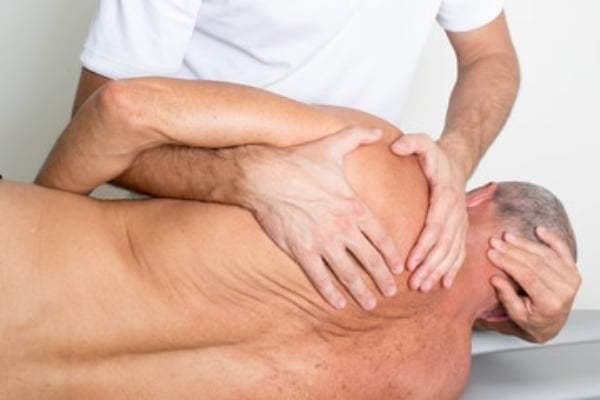
University of Queensland researchers looked at these mechanisms in depth. Their study showed that certain pain-inhibiting routes are activated by manual therapy. This accounts for the quick alleviation many patients feel. Improved tissue quality and movement patterns provide long-term advantages.
Manual treatment helps the body to propriocept. Proprioception is your body’s awareness of its position. Tears in the rotator cuff impair this crucial function. These impacts were measured in the Journal of Electromyography and Kinesiology. Patients undergoing manual therapy had notably better shoulder position awareness. This stops compensatory motions that could aggravate more harm.
How can various therapies promote healing of rotator cuff tears? Many biological processes support healing. Better blood flow sends vital nutrients to the damaged area. Less inflammation lets natural healing mechanisms work more effectively. Correct movement patterns stop extra strain on injured tissues.
Healing schedules were looked at in a thorough meta-analysis in the Journal of Orthopaedic Research. Usually, partial tears first improve in 4 to 6 weeks. With regular therapy, notable functional improvement takes three to six months. Often 6 to 12 months, full-thickness rips have lengthier recovery times. Some tears, especially degenerative ones in older people, could never completely heal.
Cleveland Clinic studies revealed that 75-85% of patients get better sans surgery. But structural healing does not necessarily correspond with symptom relief. Many patients do well in spite of ongoing imaging anomalies. Realistic expectations regarding recovery enable patients to negotiate treatment choices.
Professional care helps to keep your rotator cuff damage from worsening. Healthcare providers educate proper shoulder mechanics for everyday tasks. They offer workouts to strengthen the muscles surrounding the tear. Learning proper posture alleviates tension on your injured rotator cuff.

Regular treatment keeps your shoulder mobile while the rotator cuff heals. Your practitioner will keep track of your progress and change your treatment plan as needed. With proper treatment, many patients can avoid surgery for rotator cuff injuries.
Research published in Sports Health identified effective preventative techniques. Regular scapular stabilisation exercises slow tear development. Posture adjustment reduces the mechanical load on the rotator cuff. Activity modification helps to avoid motions that could aggravate the tear.
The British Journal of Sports Medicine published longitudinal research that tracked participants for five years. Those who received complete care experienced much decreased re-injury rates. Their shoulder function was maintained or improved throughout the research. These findings provide evidence for the preventive advantages of continuous proper care.
Never disregard prolonged shoulder pain or arm weakness. These warning signs of a rotator cuff tear require immediate attention. Schedule an appointment with a qualified healthcare professional to assess your shoulder pain. Early treatment provides the highest chance of a complete recovery. Research continually shows that holistic care yields the best results. Chiropractors, osteopaths, physical therapists, and orthopaedic specialists are among the healthcare practitioners who can provide successful treatment for rotator cuff tears. A team approach that addresses both symptoms and underlying causes promotes long-term rehabilitation. Remember that shoulder pain does not have to limit your activities. Most rotator cuff injuries respond favourably to appropriate therapy when diagnosed correctly and treated individually. The goal is to recognise the warning signs and take immediate action. Your journey to shoulder health begins with a precise diagnosis and a comprehensive treatment plan.
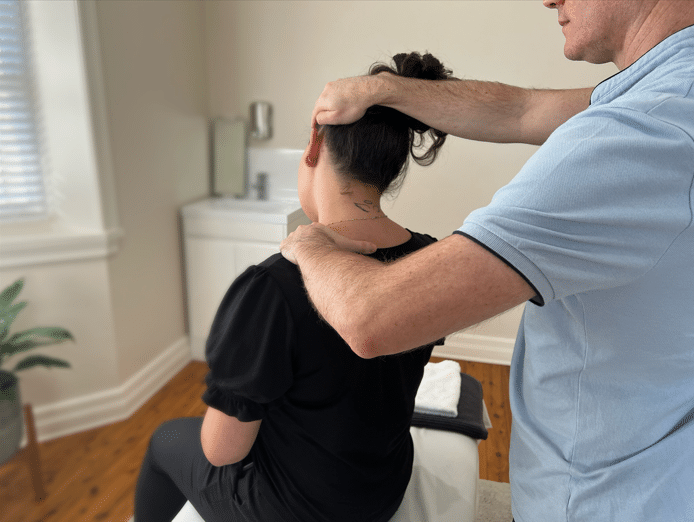
Forest Lodge, Annandale, Glebe, Leichhardt, Balmain, Haberfield, Canada Bay, Rozelle, Rodd Point, Wareemba, Stanmore, Petersham, Lilyfield, Hunters Hill, Enfield, Cabarita, Mortlake, Rhodes, Burwood Heights, Birchgrove, Gladesville, Huntleys Point, Abbotsford, Ashfield, Croydon Park, Croydon, Chiswick, Russell Lea, Burwood, Strathfield, Concord, Drummoyne, North Strathfield, Liberty Grove, Dulwich Hill, Lewisham, Camperdown, Ashbury, Homebush, Homebush West, Woolwich, Henley, Summer Hill, Sydney Olympic Park

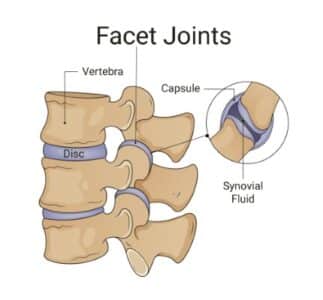
About
Five Dock Osteopathic & Chiropractic is located in Canada Bay, in Sydney’s Inner West. Servicing suburbs including Burwood, Croydon, Drummoyne, Five Dock, Haberfield, Concord, Abbotsford, Chiswick, Leichhardt, Wareemba, Russell Lea, Summer Hill, Strathfield.
Clinic hours
Monday, Tuesday, Thursday 7AM – 7PM
Wednesday, Friday 7AM – 6PM
Saturday 7AM – 2PM
Sunday 8AM – 2PM
Contact details